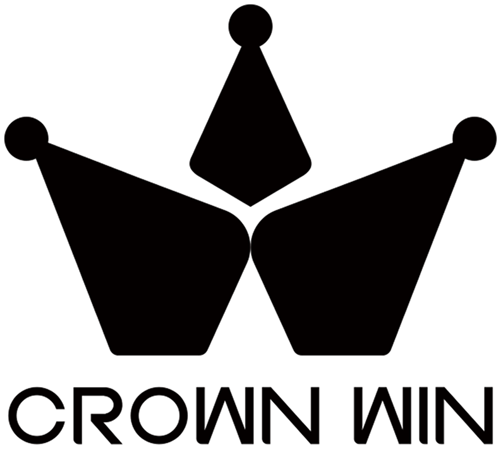
Introduction
Have you ever gotten a package which seemed like a great nice one on the outside, but when you open it you found your valuable shaking around in a box that was three times larger than it needed? Or even better, received your well ordered product spoilt by being packed in poor packaging? You’re not alone. This packaging strategy depends on the decision between mailer boxes and shipping boxes that can make or break your packaging strategy to include product protection, shipping costs, and customer satisfaction.
The difference between mailer and shipping boxes is not only some packaging terminology but essential information that would help you to save some money, claim fewer damages, and gain a better reputation of your company. A small business owner sending handmade art or a big e-commerce business with logistics to handle, the right packaging solution affects your bottom line and the customer experience directly.

This guide will allow you to decide between mailer and shipping boxes and not only to save money but also to satisfy customers without exposing your products to danger.
What Are Mailer Boxes?
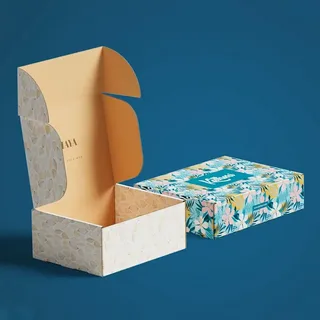
Mailer boxes are light and cheap packing options that are utilized to a greater extent to deliver light and medium-sized items that do not require the protection offered by heavy packaging. The boxes are typically composed of cardboard (either single-wall or dual-walled) and are in a streamlined design with less focus on protection and high regard of efficiency and convenience. They are designed in a manner that they are light but on the other hand, strong enough to sustain the normal shipping conditions without having to make your package cumbersome due to the additional size and weight.
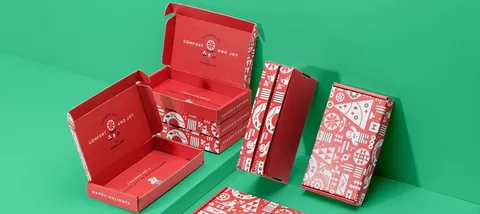
Typical Materials Used:
- Single-wall corrugated cardboard (3-4mm thickness)
- Lightweight kraft paper
- Cardboard and recycled materials.
- Basic moisture protection by the use of water-resistant finishes.
Common Uses:
- Clothing and textile items
- Books and documents
- Electronics size of phone cases.
- Beauty products and cosmetics.
- Subscription box contents
- Advertisements and samples.
Pros:
- Reduction in the weight of shipments.
- Self-locking tabs allow easy assembly.
- Economical when it comes to large-volume transportation.
- Takes up less storage space
- Environmentally friendly alternatives are easily available.
Cons:
- Minimal security of delicate objects.
- Unsuitable for heavy products.
- May object to harsh treatment.
- Low cushioning characteristics.
- Less impressive unboxing experience.
What Are Shipping Boxes?

Shipping boxes are high quality and very strong packaging materials which provide maximum security of the products being shipped. The purpose of these robust containers is to endure the stress of long-distance transportation, multiple handling phases, and, perhaps, even mishandling throughout the delivery process.Shipping containers are, also, not like mailer boxes, since they are protective rather than cost-effective. They are constructed with hardened materials and high quality structural designs capable of supporting heavier objects, sensitive products and unfavorable shipping environments.
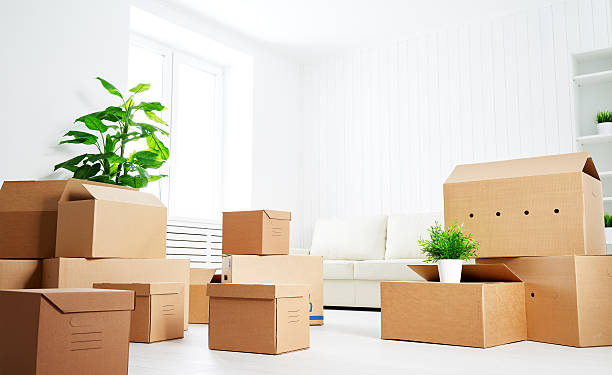
Materials & Construction Differences:
- Corrugated cardboard double or triple walls (6-15mm thickness).
- Strengthened angles and edges.
- Hard adhesives and tapes.
- Moisture-resistant treatments
- Foams and padding materials.
Common Uses:
- Delicate electronics and appliances.
- Large objects such as books, tools, or machine parts.
- Products that demand additional security.
- International shipments
- Industrial components
- Artwork and collectibles
Pros:
- Heightened resistance towards shocks and compression.
- Improved weather protection and humidity.
- Appropriate for large and bulky products.
- Businesses look for high-quality goods.
- It is capable of hosting different protective inserts.
- Storable in high piles in a warehouse.
Cons:
- Increased material, shipping expenses.
- Requires more storage space
- It may be excessive in the case of simple items.
- Longer assembly time
- More materials are an environmental issue.
Key Differences Between Mailing vs Shipping Boxes

Knowledge about the main distinctions between these types of packaging will allow you to make the right decision on what type of packaging fits your particular needs.
Size & Shape: Mailer boxes are usually standardized to the size that best fits the most common shipping sizes, and often have a flat profile that fits easily through the mail slots. Shipping boxes have better size flexibility, and they can hold items of various shapes or have multiple items per package.
Strength & Durability: The greatest variation is in the structural integrity. Mailer boxes are made of light materials with simple corrugation, whereas shipping boxes are made of reinforced construction with a number of layers, stronger adhesive, and corner protection.
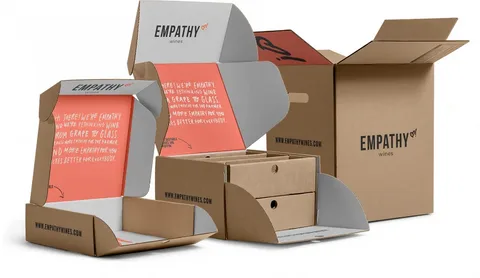
Protection Features: Mailer boxes offer fundamental protection against low impacts and the environment. Shipping boxes are also highly protective with shock absorption and kept moisture resistant as well as providing the capability of special protective inserts like foam padding, bubble wrap compartments, or even custom-modeled interiors.
Cost Differences: Mailer boxes are much cheaper in regard to the material cost and the cost of shipping because they weigh less. Shipping boxes are priced higher and have superior value in case product protection is the main priority.
Environmental Impact: Mailer boxes are typically less damaging to the environment since less material is used and the shipping weight is less, resulting in less fuel usage. Nevertheless, both types can be recycled, and they are made of recycled materials, and shipping boxes can be more easily reused by consumers.
How to Choose the Right Box Based on Your Needs
When choosing the right packaging, it is necessary to pay close attention to a variety of factors that influence the price and performance.
Take into account Product Type: Sensitive products such as glassware, electronics or ceramics need the strong protection of shipping containers with sufficient cushions. Mailer boxes are effective with soft goods, such as clothing, books, or non-fragile accessories. The value of the product- high-end products enjoy the high-quality life of shipping boxes, which are well packaged.
Distance & Shipping Method: Smaller mailer boxes can be used in many cases, including local delivery or overnight shipping, as there is very little time involved in handling them. The shipments that are made over a distance, international deliveries, or packages that pass through several transfer points require the strength of the correct shipping boxes in order to deliver them in good condition.
Budget Constraints: Although the cost of shipping boxes will be higher initially, it will add the combined cost of the possible replacement of damaged boxes, time on customer care, and the reputation of the brand. In other cases, more spending on good shipping boxes at the start would save money in the long run by avoiding expensive claims for damage.
Branding & Presentation: Think about the unwrapping process you desire. Premium products enjoy the added advantage of the large feel and business look of shipping boxes, whereas ordinary products can be shipped using mailer boxes with good branding printed on the packaging.
Tips to Maximize Protection & Save Costs
No matter what type of box you are using, you can achieve the best outcomes with the help of smart packaging strategies.
Pack with the Right Packing Materials: Stuff with the right material—use bubble wrap to protect fragile products, use packing peanuts to cushion light products, and use crumpled paper to cushion products in an environmentally friendly way. It is meant to ensure that no movement occurs within the box without contributing too much weight.
Maximize Box Size: Select those boxes that offer 2-3 inches of padding space around your product. Large boxes cost money and time in terms of resources used and postage costs, and small boxes weaken the security. A large variety of suppliers provides you with size optimization tools to assist you in coming up with the right fit.
Shipping Supplies Hacks: Invest in different protection products and master the art of packing. Rectangular items can be packed using corner protectors, fragile parts should be packed separately, and any packing technique should be tested using sample shipments before going bigger.
Selecting an Appropriate Box Supplier: Do business with suppliers who know their needs and can deliver quality regularly. Find suppliers that have a customization feature and can provide competitive pricing on bulk purchases, as well as have a reliable delivery schedule to sustain your shipping business.
Common Mistakes to Avoid
By studying what packaging mistakes everyone makes, you will save time, money, and the frustration of customers.
Making Wrong Boxes: The commonest error is to use too large (wasting money and material) or too small (reducing protection) boxes. When choosing box dimensions, take into consideration the padding areas that you need to accommodate, and also get your products into the box.
Missing Protective Padding: Even though shipping boxes require internal safeguards for delicate goods. Do not just use the box and think that it will protect the item; proper cushioning materials must be used, and the goods must be strapped to stay in place when being shipped.
Neglecting Carrier Guidelines: Every shipping carrier has size, weight, and packaging requirements. Violation of these instructions may lead to extra charges, shipping setbacks, or breakages of your parcels. Keep abreast of carrier policies and change your packaging.
Failing to Account for Environmental Costs: Although you are concerned with the immediate costs and protection, you should remember that there are environmental costs of your packaging decisions. Over-packaging results in wastage, and under-packaging results in spoiled products that require replacement, thus increasing the environmental cost twofold.
Real-Life Examples
Example 1: The Various Ceramics Blunder. A small pottery company was using light mailer boxes to send their homemade mugs and bowls in the beginning to reduce shipping expenses. During the first month, they got several complaints of broken products and had to ship replacements for almost 15% of their orders. Once they chose the right boxes that included foam inserts, their damage rate was reduced by more than 2 percent, and even though they incurred extra expenses, they ended up saving money by cutting shipping replacement orders and saving relationships with their customers.
Background: In the case of the online clothing retailer, they were shipping all their products, t-shirts, and accessories in costly shipping boxes. They tested their damage claims in order to discover that their textile products were hardly damaged in transit, and in that case, they changed to branded mailer boxes used for non-fragile products. This lowered the cost of packaging by 40 percent and the cost of shipping by 25 percent, and ensured customer satisfaction, as the lighter boxes were easier for customers to handle and generated less packaging garbage.
Conclusion
The decision on whether to use mailer boxes or shipping boxes or not comes down to balancing the needs of protection, cost, and brand image objectives. Mailer boxes are good with light and non-fragile goods where cost-effectiveness is the main factor, whereas shipping boxes are used to offer the high-level security that the product with high value, fragility, or weight requires. All you need to do is match your packaging decision with your product needs, shipping factors, and customer demands. Knowing these differences and using the recommendations discussed in this paper, you will be able to make the most of your packaging strategy and minimize the expenses, the number of damages, and the degree of customer satisfaction with each delivery.
